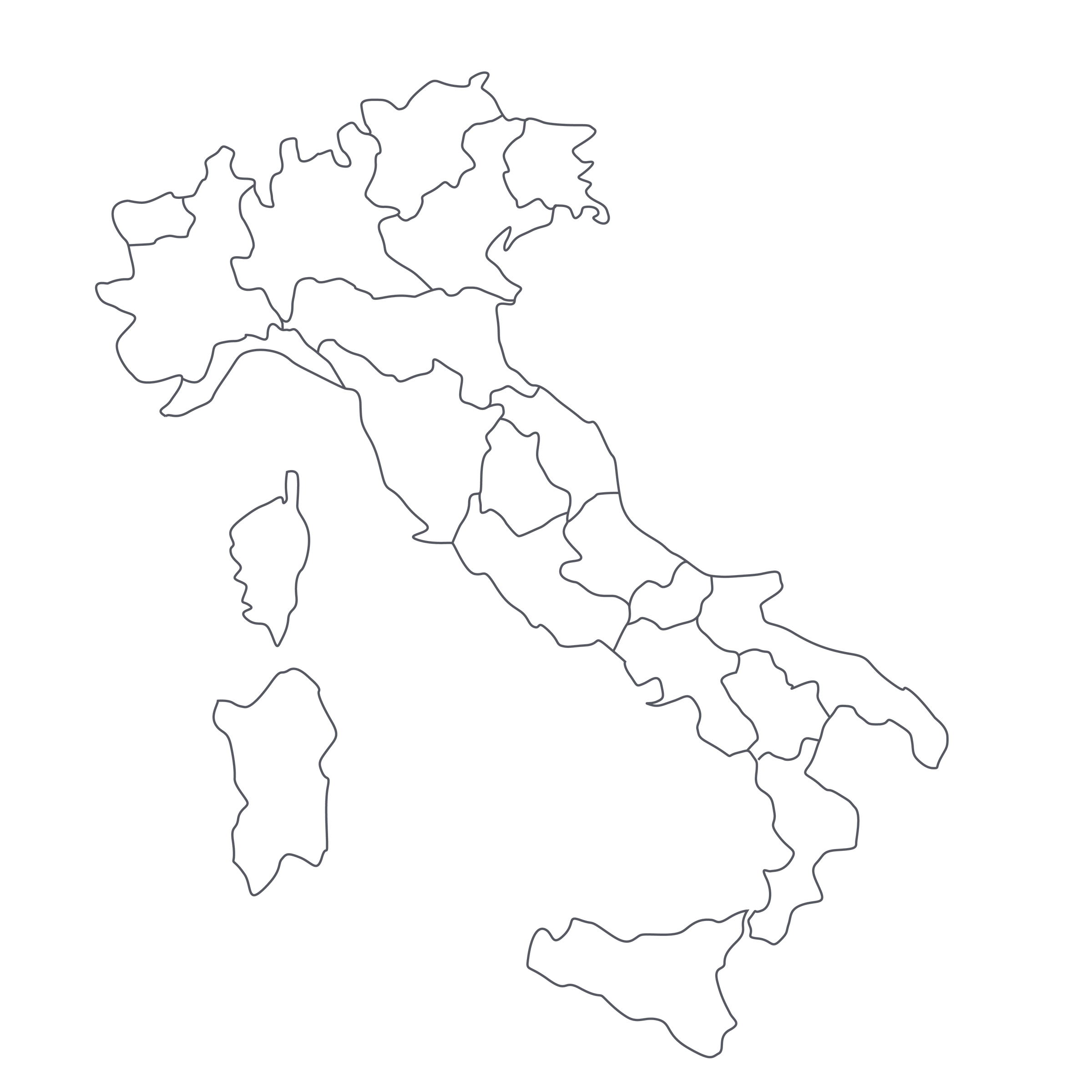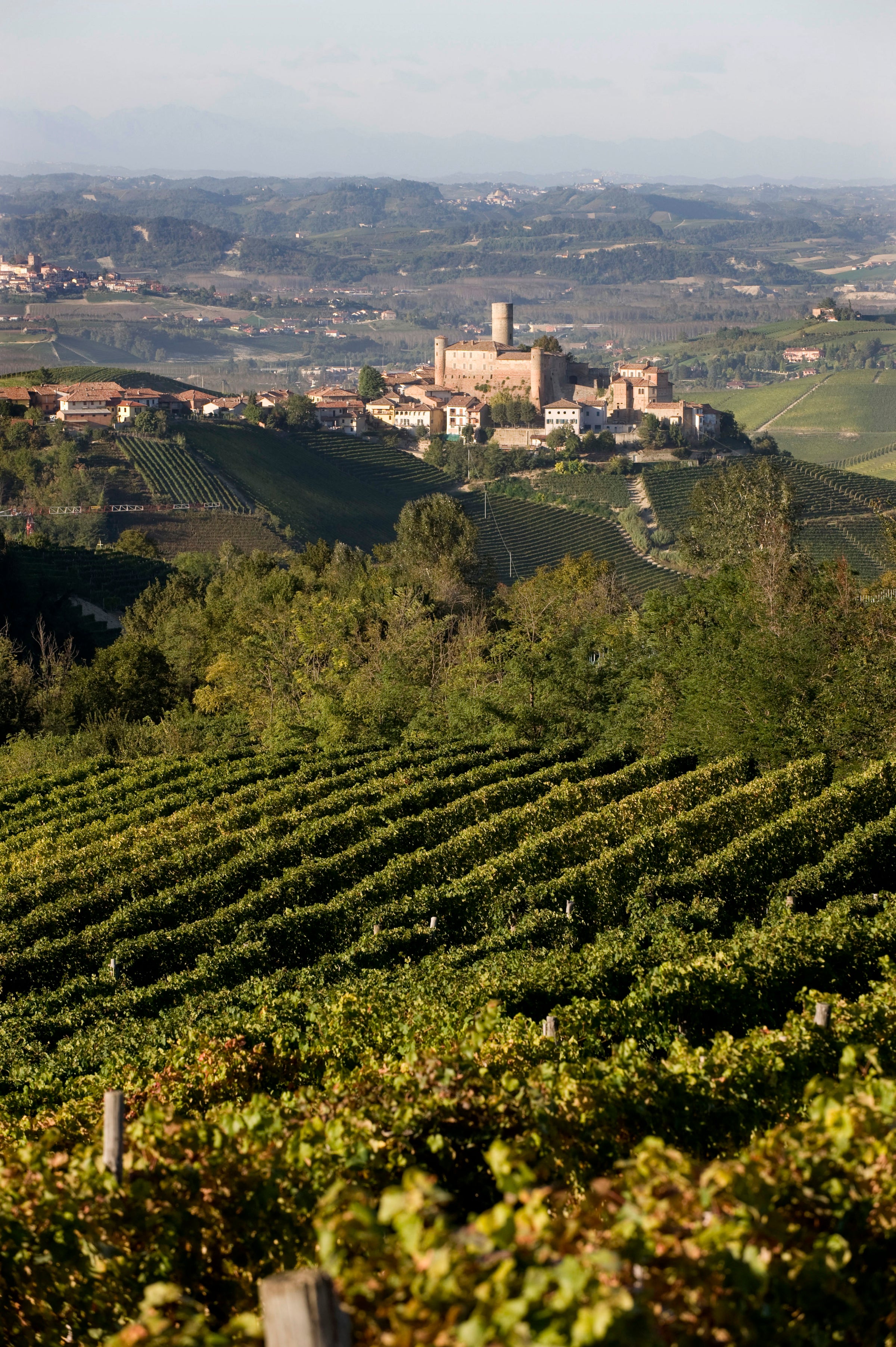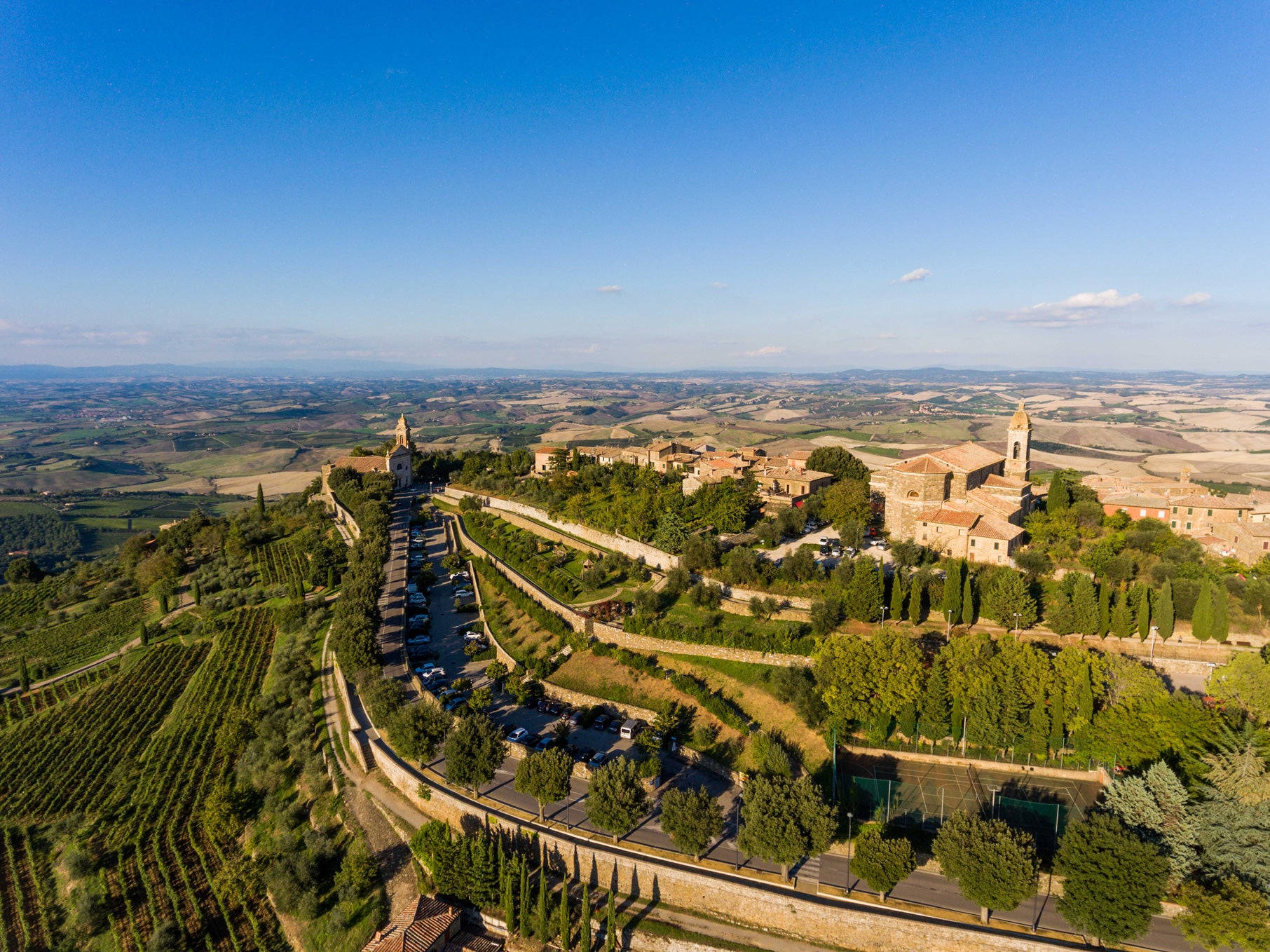As I look back over the last few months of SommSelect offers, one fact leaps out at me: The number of transcendent wines we’ve offered in the low-to-mid $20 range is staggering. It’s also very encouraging! Excuse the self-congratulation here, but I hope you’ve been following along—because if you didn’t think it was possible to drink something distinctive, artisanal, and sustainably produced in this price range, we’ve been proving that wrong on an almost daily basis.
Take today, for example: In western Liguria, not far from the Mediterranean Sea and Italy’s border with France, Giobatta Vio and family farm their Rossese grapes organically and get this floral, spicy, invigorating red across the world and onto our tables for just $24. It’s incredible, but in a place like Albenga, the coastal town the Vios call home, it’s all in a day’s work. “Organic farming is not a technical or economic choice,” Vio writes. “It is simply a question of culture.” Well, count me in: If I were to make a Top Ten List of native Italian grape varieties that merit wider acclaim, Rossese would surely be on it. Today’s 2017, called “U Bastiò” in reference to the tiny hamlet it comes from, is another pitch-perfect, remarkably affordable snapshot of a unique grape and place. It’s on my ever-expanding “to drink” list behind a host of other recently offered gems, but believe me, I’ll get to it—you should, too!
Liguria is one of Italy’s least productive wine regions overall, not least because it is almost exclusively mountainous; the most evocative image of Ligurian viticulture is that of the steep terraces of the Cinque Terre, but it really doesn’t matter which part of the region you’re in—there is little to no ‘flatland’ viticulture here because there are practically no plains, just densely forested hills spilling down toward the sea, with a sliver of beach between them. The Vios grow not just Vermentino, Pigato and Rossese grapes but Taggiasca olives for oil and an assortment of fragrant herbs down on the plains around Albenga. They’ve been certified organic since 1999, and do everything by hand (by necessity—one look at their vineyards and it’s clear there’s no mechanization happening). Although Albenga is right on the Mediterranean coast, about 100 kilometers east of Nice, France, the Vio vineyards are situated further inland, on slopes that climb toward the Maritime Alps separating Liguria from Piedmont. The interplay of mountain and seaborne air refreshes the vines and lends the wine a ‘saline’ quality, but the soils are more Alpine in origin: a mix of schist, quartz, and limestone.
The Rossese (roh-SAY-zay) grape, most famously grown around the town of Dolceacqua a little further west, has been genetically linked to the Tibouren grape of southern France’s Var region, where its most prominent grower is the Clos Cibonne winery, maker of several long-lived rosés from the variety. It’s one of several coastal varieties Liguria shares with its Côte d’Azur neighbors; there’s a goodly amount of Grenache in Liguria, and of course Vermentino (Rolle in France) is Liguria’s signature white. Rossese is characterized by its light color—kind of a dusty rose/crimson with hints of ruby—and soft, juicy texture. It is very lightweight and wonderfully refreshing, with almost non-existent tannins and acidity that comes off as juicy and bright rather than sharp. There’s lots of floral notes as well: roses, violets, and aromatic wild herbs are all part of the package, and I’ve got to say it’s downright irresistible.
It’s a little lazy of me to describe today’s 2017 as a native Italian answer to Pinot Noir, but if the shoe fits…texturally, aromatically, and otherwise, it’s impossible not to point up the similarities. In the glass, it’s a light ruby moving to pink at the rim, with aromas of wild strawberry, raspberry, red currant, citrus peel, bay leaf, black pepper, and dried rose petals. It is medium-bodied and very bright, with a light kiss of tannin and lots of refreshing, lively acidity for food. Decanting is not necessary, but 15+ minutes never hurts: Serve it on the cooler side, about 60 degrees, in Burgundy stems and pair it with tomato-y pastas, pizzas, game birds, or roast pork rubbed with lots of herbs. The tannins and alcohol are moderate enough to lend the wine amazing versatility at the table—meaning the ‘red wine with seafood’ route is not out of the realm of possibility, either. Check out the attached recipe from ex-Chez Panisse chef David Tanis: It feels tailor-made for this red!




